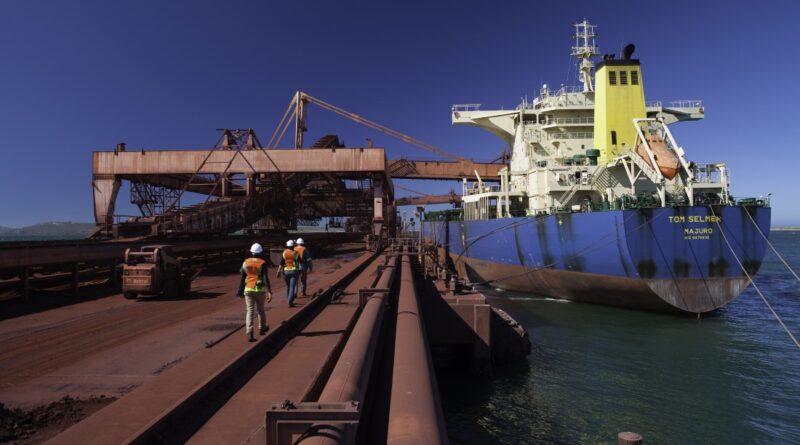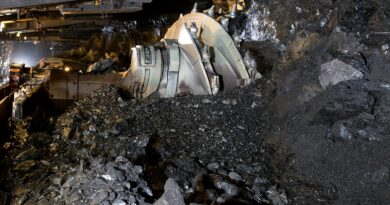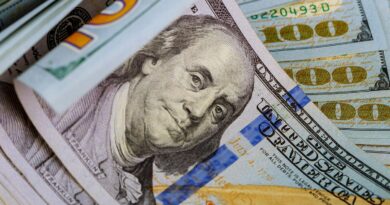Commodities, with notable exceptions, are having a great year
Energy prices fell 18.4 percent (q/q) in the first quarter (Q1 2020), with a marked deterioration throughout the quarter as the severity of COVID-19 became increasingly apparent. Crude oil prices averaged $32/bbl in March, a decline of 50 percent compared with January. Prices reached a historic low in April with some benchmarks trading at negative levels.
Demand for oil has collapsed as a result of COVID-19 mitigation measures which have sharply curtailed travel and transport, which account for around two-thirds of oil demand. The fall in prices was exacerbated by the breakdown of the production agreement between OPEC and its partners in early March, and prices failed to rally when a new agreement to reduce production by 9.7mb/d disappointed markets in April (Box, Energy section).
While natural gas prices have also seen sizeable declines, albeit less than for crude oil, coal prices have seen smaller declines partly because almost all commodity prices saw sharp declines during the past three months as the COVID-19 pandemic worsened.
Mitigation measures have significantly reduced transport, causing an unprecedented decline in demand for oil, while weaker economic growth further reduced overall commodity demand. Crude oil prices are expected to average $35/bbl this year and $42/bbl in 2021—a sharp downward revision from October in both years.
Non-energy prices also fell. Metals initially declined more than 13 percent in Q1 2020.
The metals and minerals price index fell 5 percent on the Q1quarter, but with significant variation among its components. Copper and zinc prices declined by around 15 percent relative to their January peak, reflecting their close relationship with global economic activity.
In contrast, iron ore prices have fallen just 7 percent, with weakening demand partly balanced by supply disruptions.
Among precious metals, gold prices rose modestly amid heightened uncertainty and safe-haven flows, while platinum prices dropped by 23 percent reflecting their heavy use in the production of catalytic converters in the transportation industry.
Q2 2020: MOST COMMODITIES UP
It’s been an extraordinary year for resource commodities amid near-unprecedented turmoil wrought by the Covid-19 pandemic. The impact of COVID-19 on commodity markets has already been larger than most previous events and may lead to long-term shifts in global commodity demand and supply.
Metal prices surged 8.4% in June 2020, following a 3.7% rise in May, driven by a confluence of demand recovery in China and supply concerns in Latin America. However, prices are still 5.2% lower than at the start of the year due to the impact of COVID-19 containment measures.
Car auto sales in China also rose in May, following an increase in April for the first time in almost two years. Demand for metals has also started to pick up outside of China after lockdown measures eased in Europe and the United States. The improving sentiment for metals demand has been reflected in a recovery of copper prices—a barometer of the health of the global economy.
Despite dark predictions by World Bank and its associated both energy and non-energy commodity prices continued to surge in June, July and August, holding high in September. Among the major groupings: precious metals jumped 10% in August and other metals and minerals on average 5.6%.
Gold is glittering like its 1980. Copper, shrugging off the frail world economy, is trading higher than a year ago. Oil is recovering from its seemingly apocalyptic selloff in March.
There are a few notable exceptions to this trend. The diamond industry has all but ground to a halt, severely disrupting the value chain. Fossil fuel commodities such as coal seem to be in terminal decline.
Fears of a second wave of COVID-19 may force governments to re-impose stringent measures that could hamper metal demand. New stimulus measures in China—the world’s largest consumer of metals—may be less effective than expected because they include “new” infrastructure (such as 5G networks and electric vehicle charging stations), which are less metal-intensive than “traditional” infrastructure (such as rails and bridges).
COPPER AND ZINC
Copper and zinc prices have been supported by mine closures in Peru, the world’s secondlargest producer of both metals. In April, Peru’s zinc production plunged 86% and copper production fell 34%. Although Peruvian mines have started to reopen, supply concerns remained elevated due to the possibility of abrupt production stoppages as COVID-19 cases have yet to subside.
Supply in Chile, the world’s largest producer of copper, has held up relatively well as quarantines and movement restrictions have been less stringent and mines have largely maintained operational continuity.
However, copper mine worker unions are demanding more transparency from the government on the COVID-19 outbreak following an alarming rise in COVID-19 cases among miners. At end-June, state operator Codelco suspended its Chuquicamata smelting and refinery operation after recording three fatalities.
TIN
Among base metals, tin has been least affected by the pandemic. Tin prices averaged only 1.1% lower than at the start of the year. Global tin supply concerns had been brewing for some time, particularly after Indonesia tightened export regulations and amid declining mine production in Myanmar.
COVID-19 lockdowns in Bolivia, Malaysia, and Peru further added to supply pressures, which have supported tin prices. Tin inventories at the London Metal Exchange and Shanghai Futures Exchange declined sharply during the pandemic.
IRON ORE
Unlike base metals, Iron ore prices have been resilient during the COVID-19 pandemic. Prices are actually higher than at the beginning of the year.
Global supply concerns have re-emerged despite the restart of operations at Vale’s iron ore Itabira complex in Brazil. Vale’s iron ore production had struggled to recover following a tailings dam accident in early 2019.




